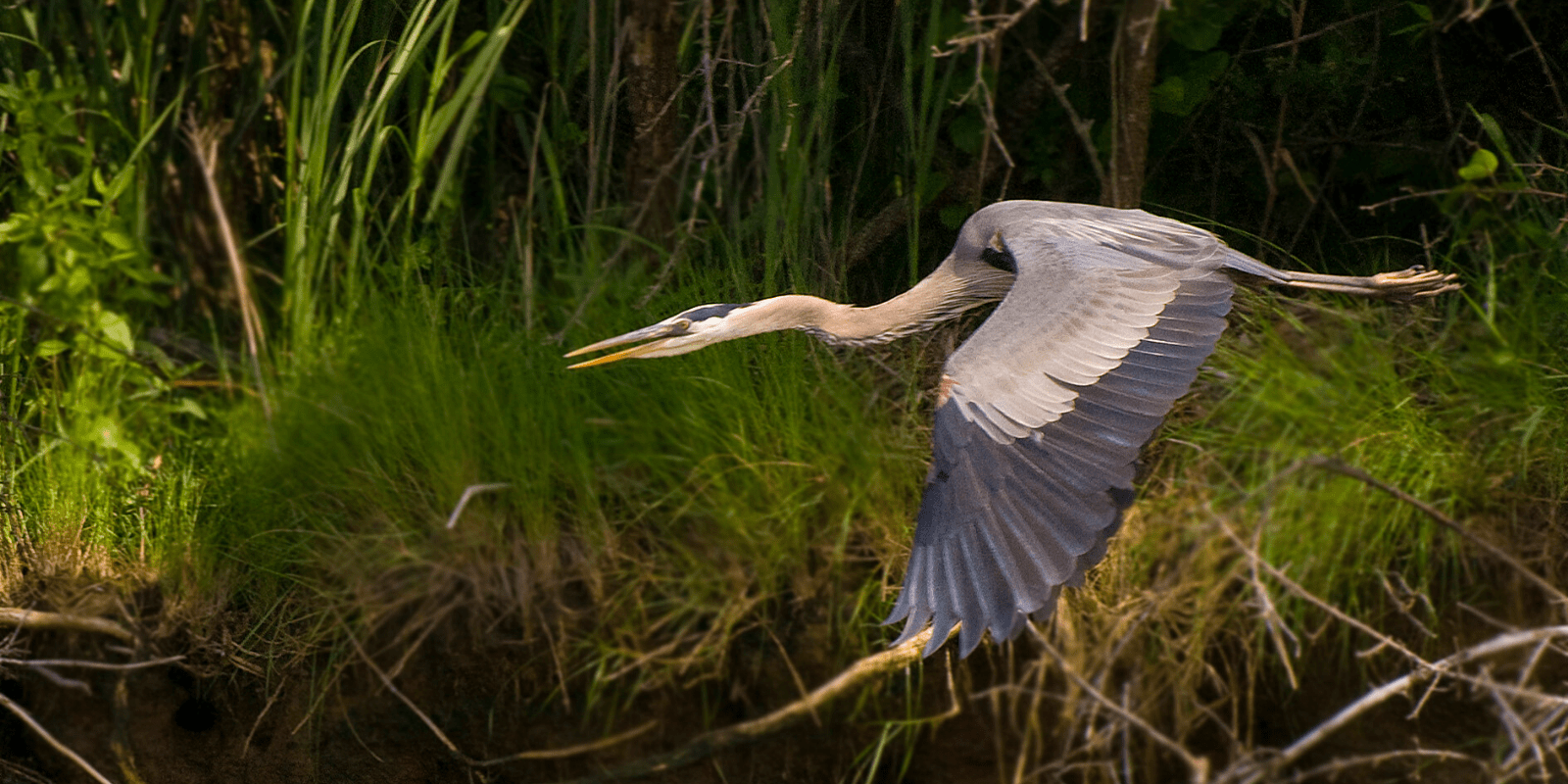We have much more to do and your continued support is needed now more than ever.
Protecting the Chesapeake Bay

Right in our backyard, one of the world’s great environmental success stories is underway. The Chesapeake Bay and its rivers and streams are beginning to heal, as underwater grasses are increasing, blue crab populations are rising, and the upstream water clarity is improving. And these positive results are not a result of wishful thinking.
The District of Columbia and the six states that are part of the Chesapeake Bay watershed–New York, Pennsylvania, Maryland, Delaware, West Virginia, and Virginia–have taken significant steps towards restoring and protecting their local waterways. Critical to this effort is the federal-state partnership, led by the Environmental Protection Agency Chesapeake Bay Program, to enforce cleanup goals.
But despite this progress, the Trump administration’s budget proposes drastic cuts in funding for the Chesapeake Bay restoration effort, including the Bay Program, for the fourth consecutive year. The proposed 91 percent cut to the Chesapeake Bay Program would stop the Bay clean-up in its tracks and undo tremendous progress made to date. This funding supports on-the-ground projects that improve drinking water, restore oyster populations, reduce pollution from farmland, and create habitat for iconic species like striped bass and blue crabs.
And funding is even more critical considering how progress is still fragile. The Bay and its rivers and streams are facing new and growing threats from impacts from climate change, an onslaught of deregulations, and an increasing human population throughout the watershed. Amidst these challenges, we need to accelerate restoration efforts and invest in critical programs that move us closer to clean water in our local waterways and the Chesapeake Bay.
Fortunately, however, history is on the Bay’s side, as a bipartisan effort has thwarted this administration’s assault on clean water before. Last year a similar cut to the Chesapeake Bay Program was proposed, and instead of reducing the investment in the Chesapeake Bay, Congress increased funding to $85 million.
While past bipartisan support for the Bay and its rivers and streams is encouraging, future funding is not guaranteed. Which is why it’s critical that members of Congress hear from their constituents stressing the need for new and increased investments for clean water. To this end, more than 100 members of the National Wildlife Federation hosted Choose Clean Water Coalition headed to Capitol Hill on March 4 to meet with their members of Congress from throughout the watershed.
If we want the cleanup of the Chesapeake Bay to remain a global success story, we need to make our voices heard, let your legislators know!
Take Action!
The Choose Clean Water Coalition, hosted by the National Wildlife Federation, harnesses the collective power of more than 250 local, state, regional and national groups to advocate for clean rivers and streams in all communities in the Chesapeake region.





















